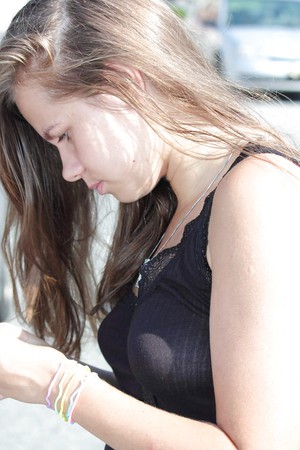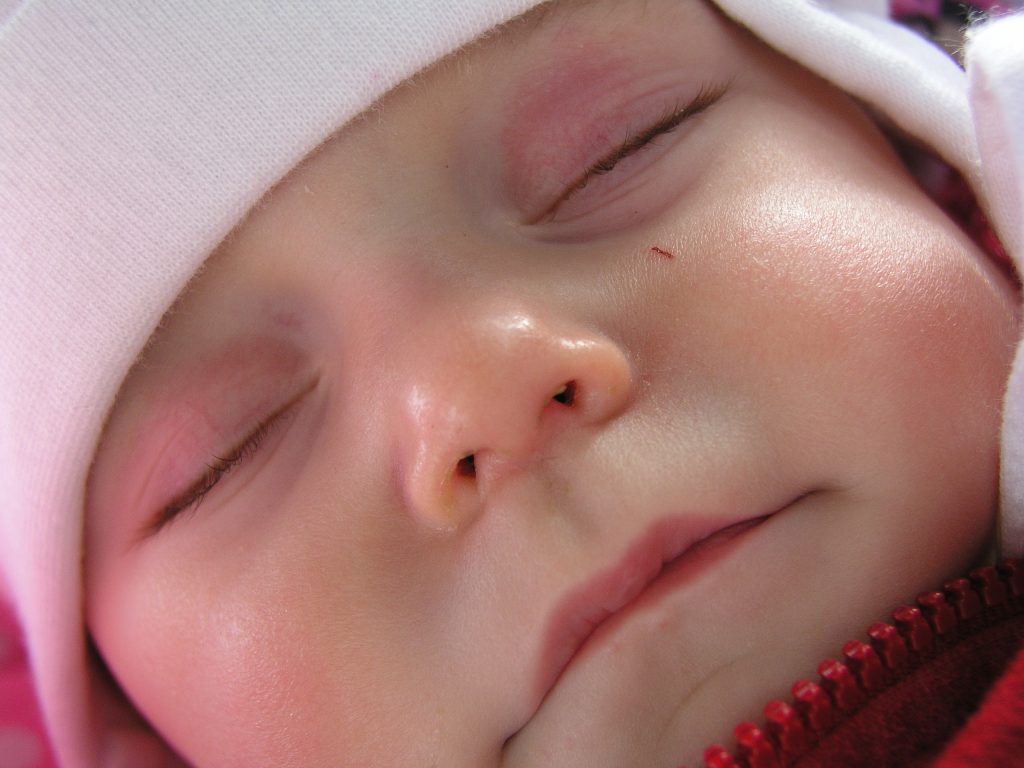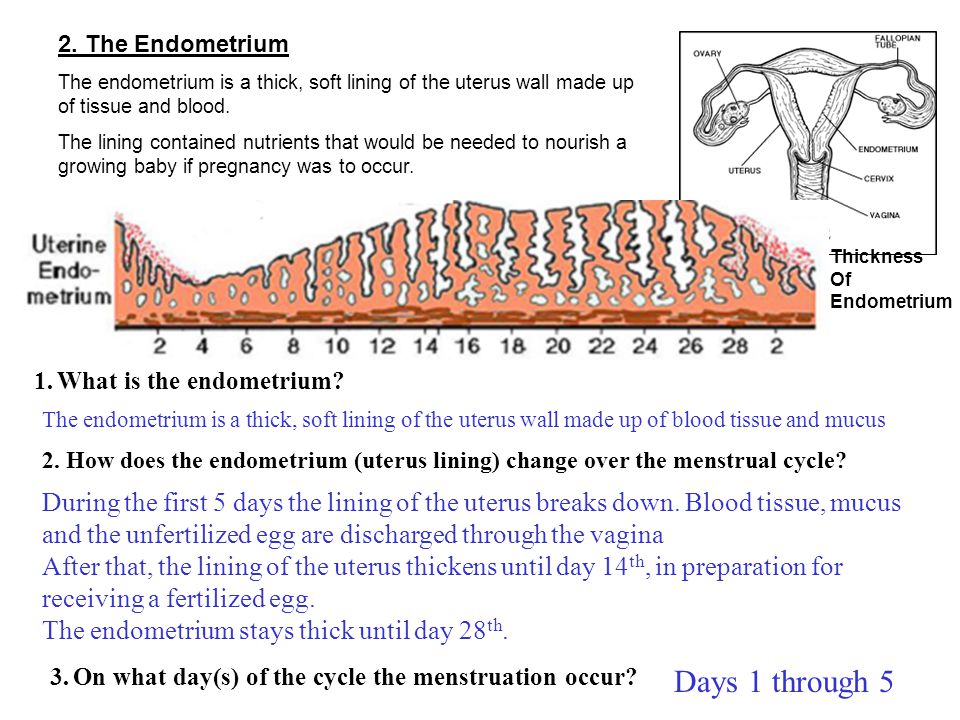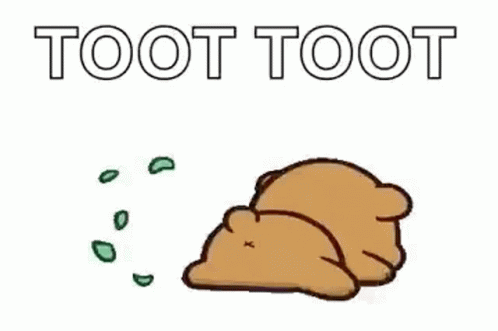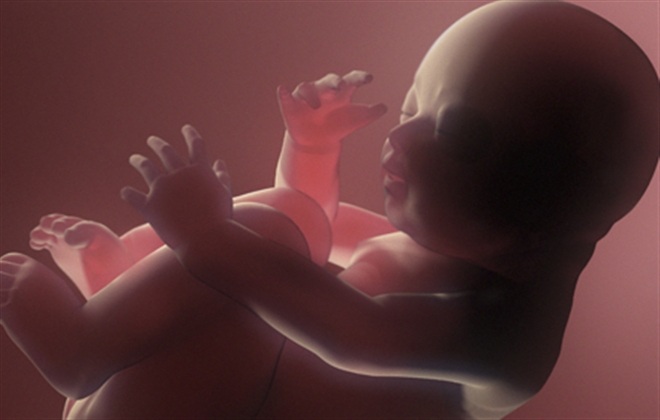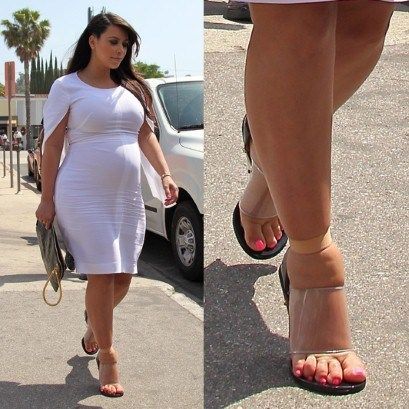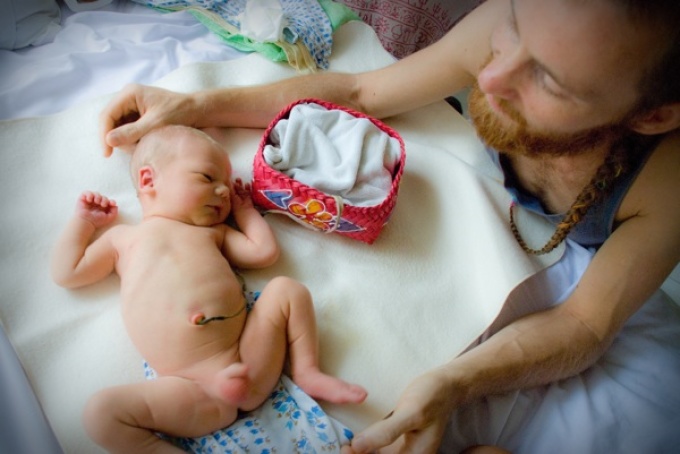Normal newborn belly button
Baby’s umbilical cord stump and belly button fact sheet
After your baby is born, your midwife or doctor will clamp and then cut the umbilical cord. After it is cut, a small amount of the cord will remain attached to your baby’s belly button – this will be about two to three centimetres long and is known as the ‘cord stump’.
Over the next seven to 14 days, the stump will get darker, dry out, shrivel and will eventually fall off. There will be a small wound remaining, which will heal and become your baby’s belly button. Here are some easy care tips for your child’s umbilical stump before it falls off and their belly button after the stump falls off.
Keep the stump clean
- Wash your hands before touching your baby’s cord stump and before and after nappy changes.
- Wash your baby’s stump with plain water when you bath or sponge them. You don’t need to use any soap, creams or antiseptic ointment to keep it clean.
- Make sure the stump dries properly after your baby’s bath.
Gently pat it dry with a towel or soft cloth. Fold the nappies down so that the cord isn’t covered and allow some time to air dry it if the weather is not too cold.
- If the stump gets poo or wee on it, wash it off with clean water, or soap as needed. Make sure you gently pat it dry and allow some time to air dry it.
- Don’t pull on the cord; it will fall off by itself.
What do I do once the cord stump has fallen off?
- You can simply throw the cord stump in the bin. Continue to wash your hands before touching your baby’s belly button area.
- It is normal for the belly button to look a bit mucky or to have a red spot where the cord used to be. It can also be smelly and have some clear, sticky or brownish ooze that might leave a stain on your baby’s nappy or clothes. This is part of the healing process, which may take up to seven days to mend completely. It does not cause your baby any pain.
- Continue to keep your baby’s belly button area clean and dry by washing with plain water when in the bath and patting it dry.
 Keep folding your baby’s nappy down and allow some time to air dry it.
Keep folding your baby’s nappy down and allow some time to air dry it. - If the belly button has some ooze, you can wet a cotton bud with warm water to gently clean it, ensuring it doesn’t bleed. Use a new cotton bud each time you wipe the area and then throw it away.
When should I see a doctor?
- If your baby develops a fever or high temperature.
- If there is redness or streaking around the belly button and it is tender and warm to touch.
- If there is a cloudy ooze that doesn’t clear up after you clean the area.
If your baby becomes sleepy, doesn’t want to feed as normal, or appears to be unwell.
For further assistance:
- Phone 13 HEALTH (13 43 25 84) and ask to speak to a child health nurse.
- Visit your local community and child health centre.
Contact us
Queensland Children’s Hospital
501 Stanley Street, South Brisbane
t: 07 3068 1111 (general enquiries)
In an emergency, always contact 000 for immediate assistance.
Resource No: FS269. Developed by the Division of Medicine, Queensland Children’s Hospital. Updated: May 2017. All information contained in this sheet has been supplied by qualified professionals as a guideline for care only. Seek medical advice, as appropriate, for concerns regarding your child’s health.
Care, Keeping It Clean, What to Expect
We include products we think are useful for our readers. If you buy through links on this page, we may earn a small commission. Here’s our process.
Are babies born with a belly button?
Babies are born with belly buttons — sort of.
Babies are actually born with an umbilical cord that attaches them to the placenta. In the womb, this cord delivers oxygen and nutrients to the baby through a spot on their tummy. The umbilical cord also carries waste away from the baby.
Once a baby is born, they can breathe, eat, and get rid of waste on their own, so the umbilical cord is cut off.
Left behind are a couple of inches of umbilical cord called the stump, which will slowly dry and fall off like a scab. Below that scab is what will become your baby’s own belly button.
Below that scab is what will become your baby’s own belly button.
How is the umbilical cord removed?
In order to cut the umbilical cord, doctors clamp it in two places and cut between the two clamps. This prevents too much bleeding.
Umbilical cords don’t have any nerves, so it doesn’t hurt when the umbilical cord is clamped off, the same way a haircut or clipping your nails doesn’t hurt.
However, the umbilical cord stump is still attached to living tissue on your baby’s abdomen, so you want to be very careful with the stump and surrounding area.
Caring for a newborn belly button
The best way to care for an umbilical cord stump is to keep it clean and dry until it falls off on its own.
To keep it clean, you don’t need to wash it regularly. Instead, you should avoid getting it dirty.
Keeping the stump dry is the best way to promote healthy healing and a natural break off.
Here are some tips for newborn belly button care:
- If the cord gets wet, gently pat it dry with a clean baby washcloth.
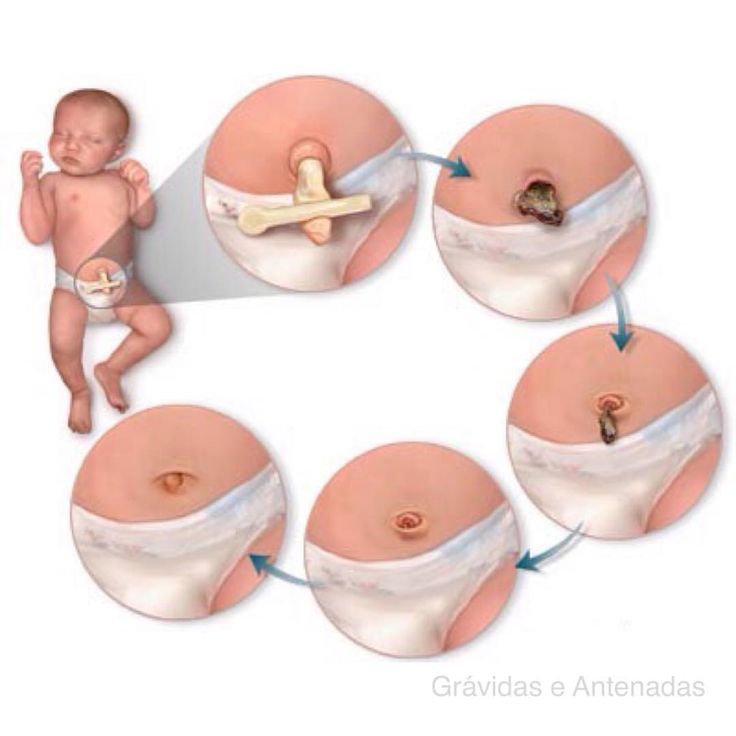 You can also try using a Q-tip, but avoid being too aggressive or rubbing the stump off. You don’t want the stump to be pulled off before it’s ready.
You can also try using a Q-tip, but avoid being too aggressive or rubbing the stump off. You don’t want the stump to be pulled off before it’s ready. - Fold down the top of your baby’s diaper to keep it away from the stump. Some newborn diapers come with a little scoop in the design to prevent the diaper from rubbing against the stump.
- Use clean cotton clothing on your newborn and their healing belly button. It’s ok to pull light clothing over the stump, but avoid anything too tight, or fabrics that don’t breathe well.
Sponge baths are best as you wait for the umbilical cord stump to fall off on its own, because you can easily avoid washing the area around the stump.
Ask your doctor how frequently you should wash your baby. Their skin is sensitive and doesn’t need to be cleaned every day.
To bathe a baby with their stump still attached:
- Lay a clean, dry bath towel on the floor in a warm part of your home.

- Lay your naked baby on the towel.
- Wet a clean baby washcloth thoroughly and ring it out so that it’s not sopping wet.
- Wipe your baby’s skin in gentle strokes, avoiding the belly button.
- Focus on the neck folds and armpits, where milk or formula often collects.
- Let your baby’s skin air dry as long as possible, then pat dry.
- Dress your baby in clean cotton clothing that’s neither too tight nor too loose.
How long does it take for the umbilical cord stump to fall off?
The umbilical cord stump usually falls off in one to three weeks after birth. Talk to your doctor if the cord stump has not fallen off within three weeks, as this could be a sign of an underlying problem.
In the meantime, keep an eye out for any sign of infection, an uncommon occurrence. If you spot pus, bleeding, swelling, or discoloration, call your doctor right away.
When the belly button has totally healed, the stump will easily fall off on its own. Some parents save the stump as a nostalgic reminder of the baby’s connection to mom.
After the stump falls off, it won’t take long for the belly button to look like a belly button. There may be some blood or scabbing still, since the cord is like a scab.
Never pick at your newborn’s belly button or cord stump as this could introduce infection or irritate the area. You’ll be able to see that cute tummy soon enough.
Cleaning the belly button
Once the stump falls off, you can give your baby a proper bath. You don’t have to clean the belly button any more or less than the rest of baby’s body.
You can use the corner of a washcloth to clean in the belly button, but you don’t need to use soap or to scrub too hard.
If the belly button still looks like an open wound after the cord falls off, avoid rubbing it until it heals completely.
What causes “innies” and “outies”
Some babies have belly buttons that pop out because that’s how the skin tissue healed. This is often called an “outie” belly button, versus an “innie” that looks like a deep dimple.
This is often called an “outie” belly button, versus an “innie” that looks like a deep dimple.
Outie belly buttons may or may not be permanent, but there is nothing you can do to prevent them or change them.
Belly button complications
Occasionally, an outie belly button is the sign of an umbilical hernia. This happens when intestines and fat push through stomach muscles under the belly button.
Only a doctor can diagnose a real hernia. Umbilical hernias usually aren’t painful or problematic, and they often self-correct in a few years.
Another potential complication with the belly button before the cord stump falls off is omphalitis. This is a rare but life-threatening infection and needs emergency care. Be watchful for signs of infection, such as:
- pus
- redness or discoloration
- persistent bleeding
- bad smell
- tenderness on the stump or belly button
An umbilical granuloma may appear a few weeks after the cord stump falls off. This is a painless red lump of tissue. Your doctor will decide if and how to treat it.
This is a painless red lump of tissue. Your doctor will decide if and how to treat it.
The takeaway
Baby belly buttons are a work in progress following the umbilical cord stump and a few weeks of TLC.
Thankfully, there’s low risk of anything going wrong with your newborn’s belly button. Keep it clean and dry, and let nature take its course.
UMBILICAL WOUND IN NEWBORN
UMBILICAL WOUND IN NEWBORN
Primary treatment and ligation of the umbilical cord is performed even in the maternity hospital after the complete cessation of pulsation of its vessels, which usually occurs 2-3 minutes after the birth of the fetus. Before crossing the umbilical cord, it is wiped with alcohol and two sterile clamps are applied at a distance of 10 and 2 cm from the umbilical ring. The umbilical cord between the clamps is treated with 5% iodine solution and crossed with sterile scissors. The umbilical stump (residue) remains in this place, which dries up and falls off on its own naturally after a few days.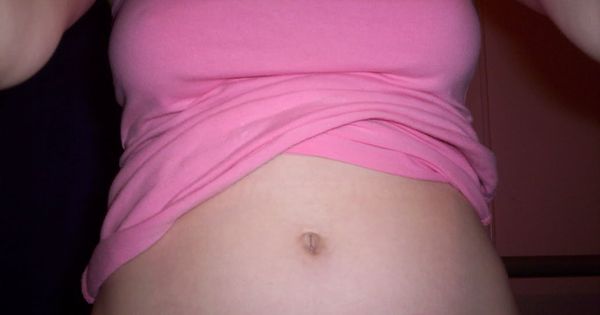 The umbilical cord is cared for by a doctor.
The umbilical cord is cared for by a doctor.
There is no need to keep the baby in the hospital until the rest of the umbilical cord falls off. This is even reflected in Order N 345 of the Ministry of Health of the Russian Federation “On improving measures to prevent nosocomial infections in obstetric hospitals”: “From an epidemiological point of view, a course for early discharge (2-4 days after birth), including before the umbilical cord falls off, is justified.”
However, in the history of the development of a newborn, one can often read "the umbilical cord fell off on the second day." In life, surgical removal is practiced - cutting off or unscrewing the umbilical cord residue after the newborn has two full days of life. This is due to the fact that not even all district pediatricians and patronage nurses are ready for a child with a bracket to come under their supervision, not to mention a young mother.
So, by the time of discharge from the hospital, as a rule, the umbilical cord is no longer there, but there is an umbilical wound, or rather, a scar (navel), which must be carefully looked after.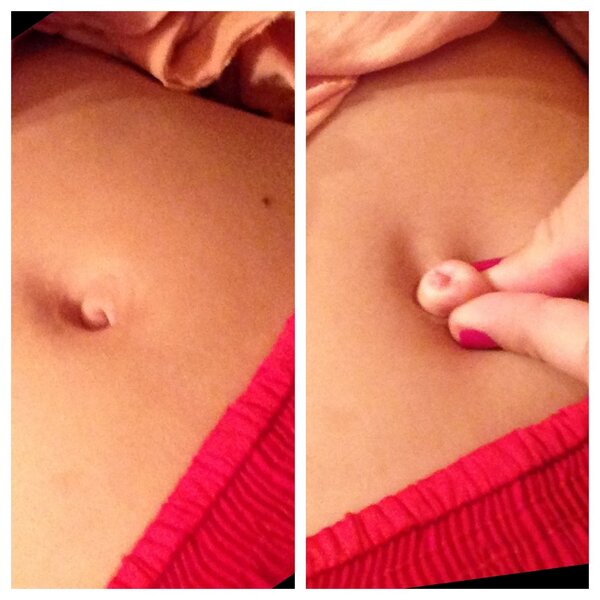 This area must be kept clean and dry at all times. To reduce the risk of infection of the umbilical wound and in order to prevent purulent diseases of the navel and the development of umbilical sepsis (in which the infection enters the bloodstream, causing infection of the whole body), it is necessary to treat the umbilical wound twice a day (in the morning during the first swaddling and in the evening after bathing).
This area must be kept clean and dry at all times. To reduce the risk of infection of the umbilical wound and in order to prevent purulent diseases of the navel and the development of umbilical sepsis (in which the infection enters the bloodstream, causing infection of the whole body), it is necessary to treat the umbilical wound twice a day (in the morning during the first swaddling and in the evening after bathing).
To do this, you will need sterile cotton swabs, 3% hydrogen peroxide solution, alcohol infusion of greenery (or 5% potassium permanganate solution or 5% iodine solution).
Wash your hands thoroughly before handling the navel. Grasp the skin around the navel with your thumb and forefinger and open the wound a little. Moisten a cotton swab or drip a few drops of a 3% hydrogen peroxide solution and treat the wound from the center to the outer edges, carefully removing the wound discharge, while the peroxide will foam. Dry (wetting movements) with a sterile cotton ball.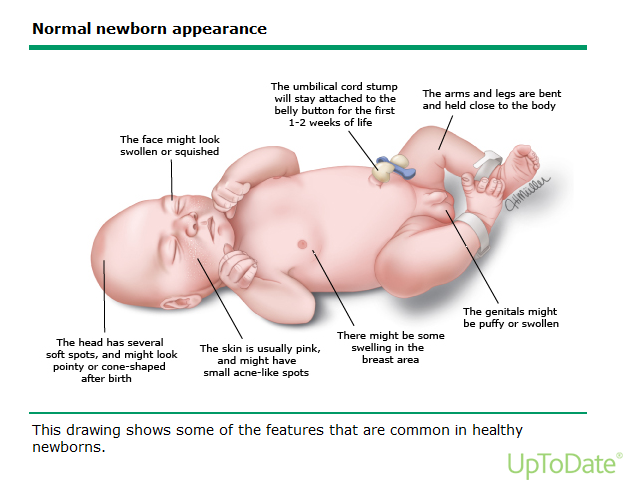 After that, we treat the umbilical wound with an antiseptic solution: iodine or brilliant green, or potassium permanganate. It should be noted that a solution of brilliant green causes weeping, and a solution of potassium permanganate (potassium permanganate) dries. Therefore, it is better to treat the wound with potassium permanganate.
After that, we treat the umbilical wound with an antiseptic solution: iodine or brilliant green, or potassium permanganate. It should be noted that a solution of brilliant green causes weeping, and a solution of potassium permanganate (potassium permanganate) dries. Therefore, it is better to treat the wound with potassium permanganate.
It is necessary to treat the umbilical wound until the navel heals and there are no crusts, serous or sanious secretions, and when treated with peroxide, foam is formed.
As a rule, the umbilical wound heals (epithelizes) by the end of the second week of life, at the same time there is a contraction of the skin umbilical ring.
By the age of 2 weeks, the child will be a normal navel, the shape of which, by the way, does not depend on the skill of the one who cuts the umbilical cord, but depends solely on the individuality of the child.
If the wound starts to become wet, discharge appears, and the surrounding skin turns red, it is quite possible that an infection has got into it - in this case, call a doctor immediately!
A few tips:
Bathe the baby until the umbilical wound has healed in water with the addition of a weak solution of potassium permanganate.
Before each dressing, leave the umbilical wound open so that there is air access - this way it is easier to keep it dry.
Do not put a patch on the umbilical wound, as the baby's skin does not breathe through it and this may cause skin irritation.
It is possible to use disposable diapers with a special cutout for the navel, so the edges of the diaper will not touch the umbilical wound to avoid chafing, and the top layer closes the cutout and protects this place from moisture and infections
Daily care for a newborn
Basic procedures
What is the daily care of a newborn, how to wash the baby and take care of the umbilical wound, how to change diapers, take care of nails, feed the baby and walk with him - we will tell about these basic procedures for caring for a newborn in our article.
When it comes time to return home with a newborn from the maternity hospital, every mother begins to worry about how she will take care of her child without the help and competent advice of medical staff.
Without exception, all mothers are worried about whether they will be able to provide their child with the care necessary for his healthy growth: properly bathe the baby, cut off his nails, treat the umbilical wound.
Therefore, before mothers cross the threshold of their home, they have many questions about caring for a child: is it worth washing the baby after each urination, what is the best way to treat the navel: brilliant green or calendula tincture?
Today we will try to find answers to the main questions about the hygiene of the child and talk about the basic procedures for daily care of the baby.
Newborn's morning toilet
Like every person, a baby should wash his face in the morning, of course, his mother should help him in this.
After the newborn wakes up, strip him naked, let him lie naked for a while - this is good for the baby's skin. Then carefully examine the baby, check for redness on the skin, prickly heat. If there is, then prepare a baby cream to lubricate problem areas after washing the baby.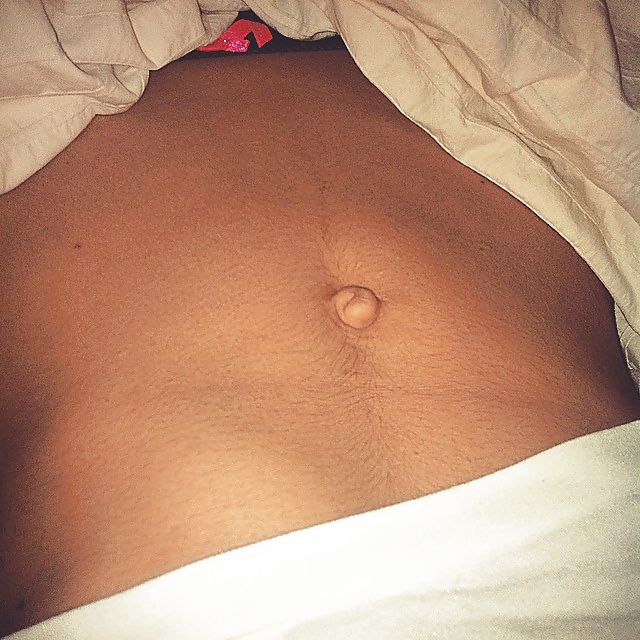
The baby is washed with cotton pads soaked in warm boiled water. Washing the newborn is carried out from top to bottom.
Rub your baby's eyes from the outer edge to the inner. For the hygiene of each eye, it is recommended to take a new cotton pad.
Gently wipe the baby's face, ears - outside, skin behind the ears, neck with a damp cotton pad.
Listen to the baby's breathing, it should be free. If breathing is difficult, clear your baby's nose. To do this, you can use a special saline solution for children under one year old and an aspirator (a device that helps suck out mucus).
You can also use two small cotton swabs soaked in baby oil to remove scabs from your nose. The flagella must be carefully inserted alternately into each nostril of the child's nose and scrolled several times. If the baby's nose breathes well, then it does not need to be cleaned.
Then it is necessary to wipe all the folds of the baby's skin with a damp cotton pad, change the child's dirty diaper to a clean one, washing the baby or using baby wipes to cleanse the skin.
Caring for the umbilical wound
During the newborn period, the umbilical wound is a special place on the body of a child, it requires careful care.
As a rule, the umbilical wound is treated once a day, you can do this after bathing, when all the crusts are soaked from the water and the mucus is washed out.
How to treat the navel of a newborn? There are several ways to treat the umbilical wound, each of them is quite effective: dry the navel for a few minutes;
Advice on which navel treatment is usually given by the nurses at the maternity hospital, as well as by the health visitor who will visit your baby during the first month of life.
Important! If you notice that the skin around the umbilical wound is inflamed, be sure to consult a doctor.
If you see that the umbilical wound does not heal within a month, it is better to take the child to the doctor. Usually, up to 14 days of life, the umbilical residue disappears and the wound heals.
Washing the newborn
Wash your baby under running water after every bowel movement.
It is convenient to wash your newborn like this:
Place the baby on your belly on your left palm facing you or with his back on your forearm with his head towards you.
Place the child's lower body under running water.
Lather baby's buttocks and genitals with baby soap (liquid soap for babies is better, it's easier to use).
Then rinse the soap thoroughly with water, pat the baby's skin dry with a towel or diaper.
If the baby has just urinated into the diaper, then you can not wash it, but use wet wipes when changing the diaper. Choose special baby wipes that are fragrance- and alcohol-free.
Choose special baby wipes that are fragrance- and alcohol-free.
Changing diapers
Most often, mothers use disposable diapers for baby care. There are a few simple rules that are important to follow in this case:
When using them, remember that the child should not be in one disposable diaper for more than 4 hours.
Putting a diaper on a newborn should be done in such a way that the umbilical cord is not covered. This is necessary for the fastest healing of the umbilical wound.
It is desirable that a few hours a day the baby just lie on the diaper without a diaper, so that the skin can breathe.
It is also important to ensure that diaper rash does not form on the skin under the diaper. To prevent diaper rash, it is necessary to dress the baby according to the weather, that is, do not overheat it, and you can also use a special diaper cream.
If diaper rash has already formed, you need to see a doctor, he will recommend a remedy for their healing, most likely it will be a cream containing dexpanthenol, an effective healing medicine.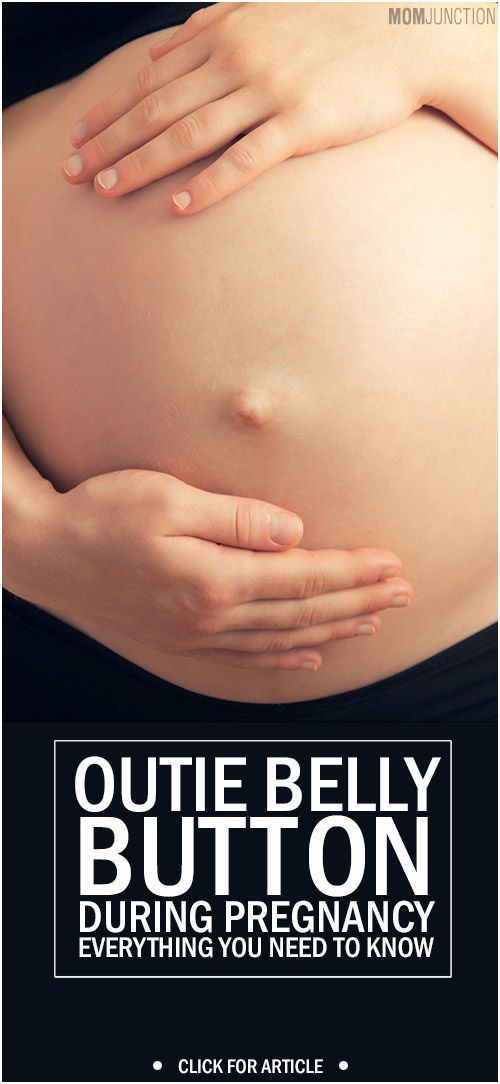
Of course, it is better to prevent diaper rash, as they can be very painful and disturb the baby.
Bathing a newborn
All mothers are interested in the question: when can you start bathing a child after discharge from the hospital?
“You can bathe the child immediately after discharge, but if you have been vaccinated with BCG, but within a day or two after the vaccination, it is better not to bathe the child so as not to wet the injection site.”
After the umbilical wound has healed, you can already bathe the child in a regular bath in tap water, gradually increasing the bathing time from 5 minutes to 30-40.
Every day while bathing the child, it is necessary to wash his genitals and buttocks, 1-2 times a week you need to wash the whole baby with soap, and also wash the child's head with a special baby shampoo.
Important! Always bathe your child with the bathroom door open, because this child will not be so cold after you take him out of the water, as the temperature difference will not be too big.
Each time the baby should be lowered into the water slowly, starting from the legs. In the water it is necessary to support the entire body of the child. If water gets into the baby's ears or eyes while bathing, it's not scary, it's quite natural!
From the first days of life, you can start easy hardening of the child. To do this, before you start bathing the baby, prepare and place a vessel with water in the bathroom, the temperature of which will be 0.5-1 degrees lower than the temperature of the water in the bath. At the end of the bath, pour water over the child from this vessel.
After bathing the baby, blot with a diaper or towel, but do not dry it, as this procedure can damage the delicate baby skin.
You also need to prepare two small cotton buds and gently twist them into the baby's ears so that the cotton absorbs the water that got into the ears during the bath. After the baby's skin is dry, it is advisable to treat the folds with baby oil.
Newborn nail care
Baby's nails should be cared for 1-2 times a week, because nails grow very quickly in children. To cut nails, you need to purchase special scissors with rounded ends. On the legs, the nails should be cut evenly, and on the hands - rounding the edges.
To cut nails, you need to purchase special scissors with rounded ends. On the legs, the nails should be cut evenly, and on the hands - rounding the edges.
Walking with a baby
In summer, you can walk with your baby the day after you leave the maternity hospital. It is advisable to protect the child from direct sunlight. It is better to go for a walk in the summer either in the morning (before 10 am) or in the evening (after 6 pm), at this time it is not so hot.
In winter, walks are recommended to start 2-3 days after discharge from the hospital. If the temperature outside is below 10 degrees, it is better not to go for a walk with the baby.
The first walk should be very short - 10-15 minutes. Then every day it is worth walking for 10 minutes longer.
When preparing for a walk with the baby, mothers usually doubt whether they have dressed the baby correctly. In order not to miscalculate with clothes, you should always follow a simple rule - there should be as many clothes on the baby as on you, plus one more layer.
